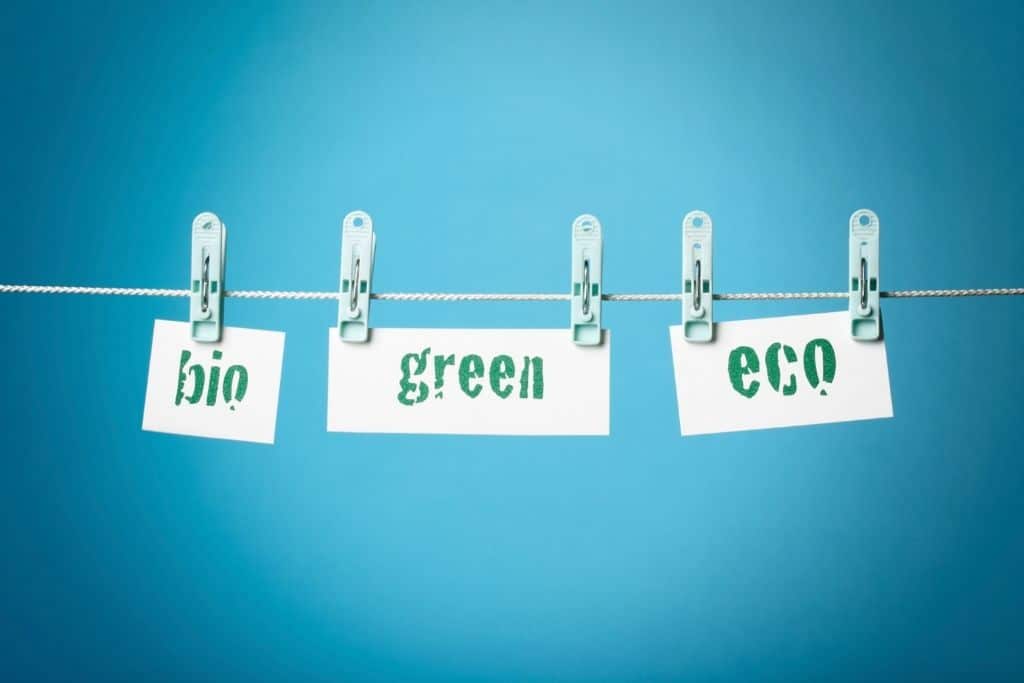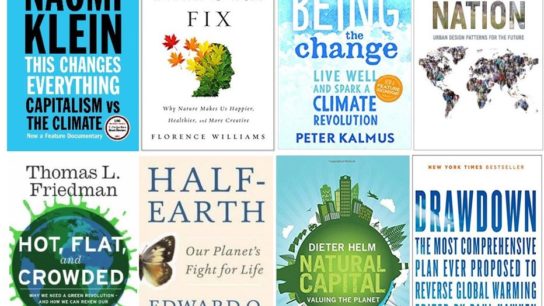Greenwashing in marketing refers to companies presenting product or service information in a way that makes consumers believe it is environmentally friendly. Today’s consumers need to be particularly aware of how this marketing technique works to avoid being duped.
—
It’s 8am on a Friday morning, and you realise you’re out of toothpaste. So, after work, you take a quick shopping trip and peruse the personal care product shelves for your favourite brand. Unfortunately, they don’t have it, and now you have to decide which one of the myriad options in front of you is best.
You notice that one of the toothpaste boxes looks like it’s made out of cardboard, and it has a green leaf symbol on it. The box says “eco-friendly”, “plant-based”, and includes the natural ingredient charcoal. Perfect! That one must be environmentally friendly. You grab it and go to the checkout.
While in line, you decide to look up company reviews on your phone. To your dismay, the reviews are terrible – they say that this toothpaste company is marketing its products as “eco-friendly” but actually doing nothing to help the environment.
You head back to the toothpaste aisle and shove the toothpaste back onto the shelf. You’re running out of time, so you settle for a tube of name-brand toothpaste. It may not be particularly environmentally friendly, but at least the company isn’t lying about it!
You’ve just experienced greenwashing, a marketing technique that uses false pretences to sell products to consumers who care about the environment.
Greenwashing Definition
As people have become more aware of the way production impacts the environment, consumers have become more interested in sustainable brands. According to a sustainability report completed by Nielsen’s IQ, 73% of millennials are more likely to purchase a product if it is environmentally friendly and sustainable.
This move towards eco-friendly products has completely changed the direction of marketing. Customers still want products that work well, but now a product is considered sub-par if it’s not also doing its part to protect the environment. This shift in customer concern has shifted marketing strategies as well.
Many companies are working to change their production methods to become more eco-friendly, particularly as they realise more environmentally-friendly companies can perform better than their peers and enjoy a “sustainability premium. When marketing messages accurately reflect how a company is working to protect the environment, it’s known as green marketing.
However, it’s easy to present information in a slightly skewed way so that customers think a brand is doing more for the environment than it really is. This is the definition of greenwashing – disguising actual harm to the environment with friendly messages about how “eco-friendly” and “green” a brand or product is.
Examples of Greenwashing
Greenwashing is unethical because it makes false claims about a product to attract more customers. Companies that participate in greenwashing use psychology and marketing principles to manipulate consumers into making choices they don’t agree with.
A famous example of greenwashing is Chevron’s “People Do” campaign from the late ‘90s. This ad campaign tied Chevron’s company to protecting wildlife and the water supply. However, while it was airing, the company was being sued over polluting the water in Santa Monica Bay.
Although some companies participate in greenwashing by blatantly lying about their products, other brands greenwash their products in more subtle ways. For instance, pictures of nature and a natural colour scheme can make people think a product is green even if it isn’t.
Greenwashing is never ethical, but many companies participate in it because it brings back such good returns. As a consumer, you can help reduce greenwashing by making informed shopping choices and refusing to support greenwashed brands.
You might also like: 10 Companies and Corporations Called Out For Greenwashing
5 Ways to Spot Greenwashing
Because marketing is based on psychology, consumers must ask intentional questions to make sense of the messages surrounding them. Here are five things you can look for to determine whether a brand is greenwashed or truly green.
1. No Certification
Companies that are truly interested in their environmental impact often get official certifications like the leaping bunny, rainforest alliance frog, and green seal. If a product has these markers, it is investing in environmental health in some way. However, do be careful, as some brands will use fake certifications that mimic the real ones.
2. Nature Images
Many plastic water bottle companies put images of majestic landscapes on their packaging to represent the freshness of their product. However, these wrappers also give consumers the inaccurate impression that plastic water bottles are environmentally friendly – when single-use plastic is definitely not. Watch out for subtle nature messaging that doesn’t accurately represent a brand.
3. Vague Claims
Because green products are so popular, many brands use marketing labels like “green,” “eco-friendly,” “all-natural,” “non-toxic,” “plant-based,” “raw,” “organic,” and other earth-friendly terms. Remember that just because a box says “plant-based”, it doesn’t mean it’s necessarily environmentally friendly.
4. Lesser of Two Evils
Sometimes, brands will claim to be green in comparison to other companies or their own past products. For instance, you may have seen plastic bag companies say they’re using less plastic than before. While using less plastic is a step forward, sometimes these comparison messages are meant to throw you off track and make a product look better than it really is.
5. Unsubstantiated Claims
Greenwashing brands will also occasionally outright lie in their marketing messages. It’s up to you as the consumer to do research on each company you support and ensure they’re actually following through on their claims. Reputable companies will be transparent about their policies and challenges.
Go Green or Go Home
Because green products sell so well, greenwashing isn’t going away anytime soon. As a consumer, you can help reduce greenwashing by supporting products that are actually working to support the environment. Use these five tips to purchase products from green brands that truthfully represent their commitment to you and to the environment.


















